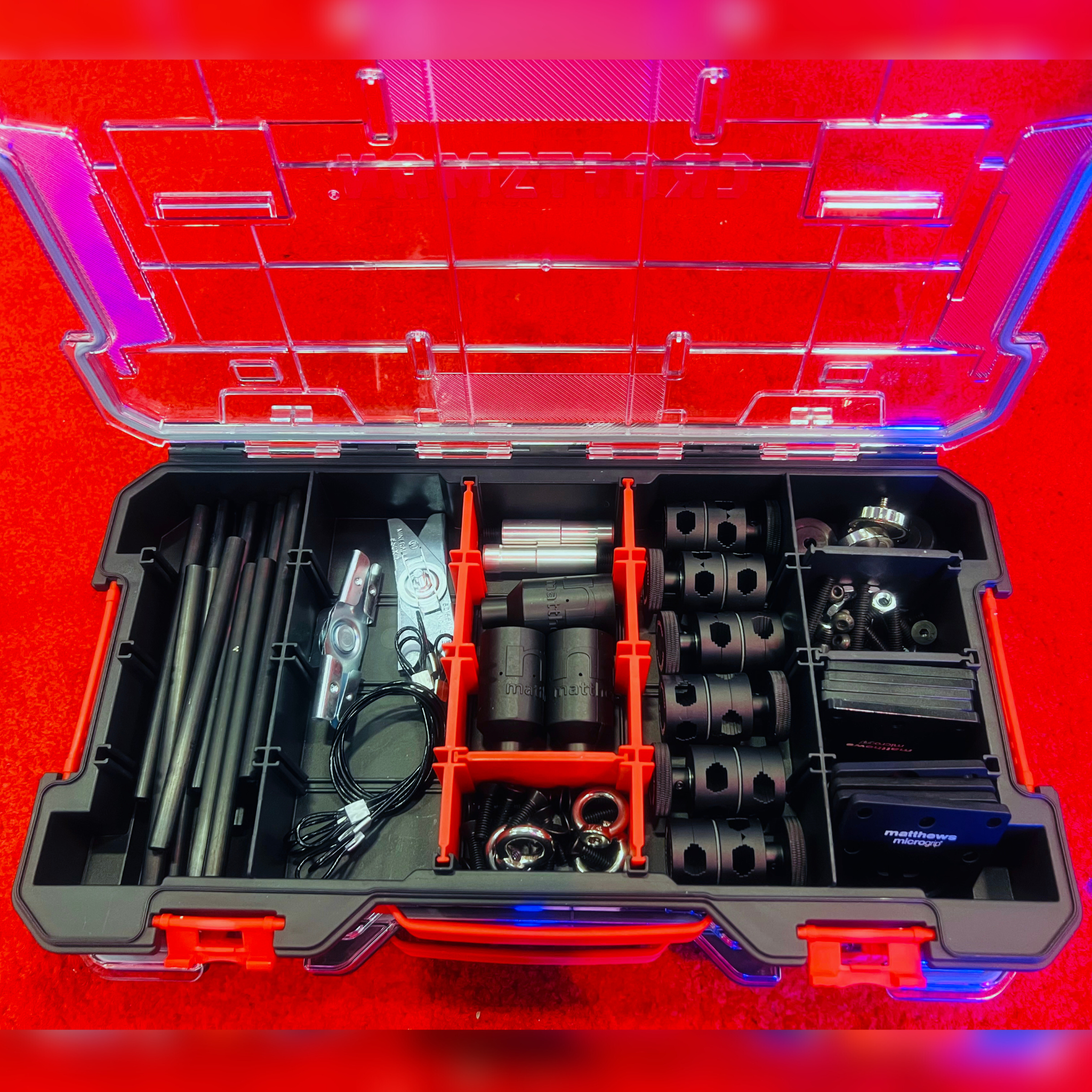Moore's Law Being Repealed?

You might not have noticed, while you were out there using all your electronic gizmos, that, although Moore's Law is not being repealed, its days are numbered. "Moore" on this later.
Those of us familiar with electronic technology know that all modern electronic marvels are based on transistors—lots and lots of 'em. According' to that hi-falutin' reference work, the Oxford English Dictionary, the first time the word "transistor" appeared in print was in the July 1, 1948, issue of The New York Times, in a column called, "The News of Radio."
The item read: "A device called a transistor, which has several applications in radio where a vacuum tube is ordinarily employed, was demonstrated for the first time yesterday."
Someone—not Mario, dear reader, who, as a kid in the 1950s was foolin' around with crystal radios (which are based on a semiconductor device, by the way) and one-tube radios and the like—guessed that transistors didn't have a future, 'cause they were so fragile. Glad I didn't think of that!
Transistors got more rugged, of course, and much, much smaller. The concept we know as "Moore's Law," named for Gordon Moore, co-founder of Intel, was popularized by Moore in a 1965 article in the magazine Electronics, but was predicted by a computer scientist named Douglas Englebart back in 1959. It sez, in a nutshell, that circuit density doubles roughly every two years.
WHAT IT IS
What is a transistor, anyhow? With respect to binary logic circuits, it's an on/off switch. It's a three-terminal semiconductor device in which the state of its two output terminals is controlled by a third terminal, called a base for a bipolar transistor or a gate for a field effect transistor.
There are various types of transistors, and various logic families that have been used since digital logic first reared its head. Many of said logic families, for example, the once much-used TTL (transistor-transistor logic), consume a heck of a lot of power and generate a lot of heat. In the 1980s, it was decided to develop the CMOS logic family for large scale integration (LSI), and we'll soon see why.
The CMOS family uses a type of transistor called the metal oxide silicon field effect transistor (MOSFET, get it?). This here device is a field effect transistor (FET) in which the device's gate (control terminal) is placed on top of a metal oxide insulator, which is in turn placed on top of the semiconductor substrate. Aluminum oxide, polysilicon, and other metal oxides are used as said insulating materials.
A CMOS (complementary metal oxide semiconductor) logic gate uses a complementary, symmetrical pair of MOSFETs, one p-channel and one n-channel, in a totem-pole type of arrangement. Some (notably RCA, when they were in the semiconductor business) have called the logic family COS-MOS (complementary-symmetrical metal oxide semiconductors).
Whatever it's called, CMOS, or COS-MOS, it has two attractive qualities as an LSI logic family: (a) high noise immunity and thus freedom from false triggering; and (b) low static power consumption.
The CMOS logic gate draws no significant power unless it is actually switching, unlike a number of other logic families like TTL. This means it runs cooler, and methinks it doesn't mind so much being a little crowded in very large scale integration (VLSI).
PACKIN' 'EM IN
Moore's Law has been working over the decades, and individual transistors have gotten really, really small. This has enabled chip designers to pack billions of 'em into a contemporary processor chip—the period at the end of this sentence could contain about a million logic gates!
The transistors are photo-etched on a flat (planar) silicon substrate, and the industry is quickly approaching the ability to place individual molecules on the substrate. But wait! What happens to Moore's Law now that individual transistors can almost be made on a molecular level?
The most recent generation of processor chips is based on a minimum feature size of 45 nanometers (one nanometer is 10-9 meter), which is about 0.0005625 the width of a typical human hair. The next step down is to a feature size of 32 nanometers. This, dear reader, is gettin' very small.
At a recent chip design conference, Stanford University's Mark Horowitz, said, about size scalability, "We're at an inflection point, you better believe it, and most of the world is in denial about it."
One IBM chip designer, Brad McCredie, said, "We're done scaling. We've been playing tricks since 90 nanometers."
Others foresee that by using more advanced photolithographic techniques and changing the physical design of the transistor, it will be possible to scale down to the 5 nanometer feature size, which, if it can indeed be done, will preserve Moore's Law until around, oh, say 2020.
One new approach to transistor design is the so-called FINFET, which is a departure from the traditional planar design of transistors. The FINFET has a "fin" portion that extends into the depth dimension, effectively standing part of the transistor up on edge, "tipping" it vertically out of the plane of the silicon wafer.
This increases the density to which transistors can be packed, and imparts better insulating properties, making it easier to control switching states, gate leakage, and suchlike quantum maladies of VLSI design.
Other new technologies proposed to stave off the end of Moore's Law include such devices as gold and silicon nanowires, carbon nanotubes, and something called "DNA origami," (I am not making this up!).
Whew! Fasten yer seat belts. It's gonna be a wild ride!
Mario Orazio is the pseudonym of a well-known television engineer who wishes to remain anonymous. E-mail him atmorazio@nbmedia.com.
Get the TV Tech Newsletter
The professional video industry's #1 source for news, trends and product and tech information. Sign up below.
